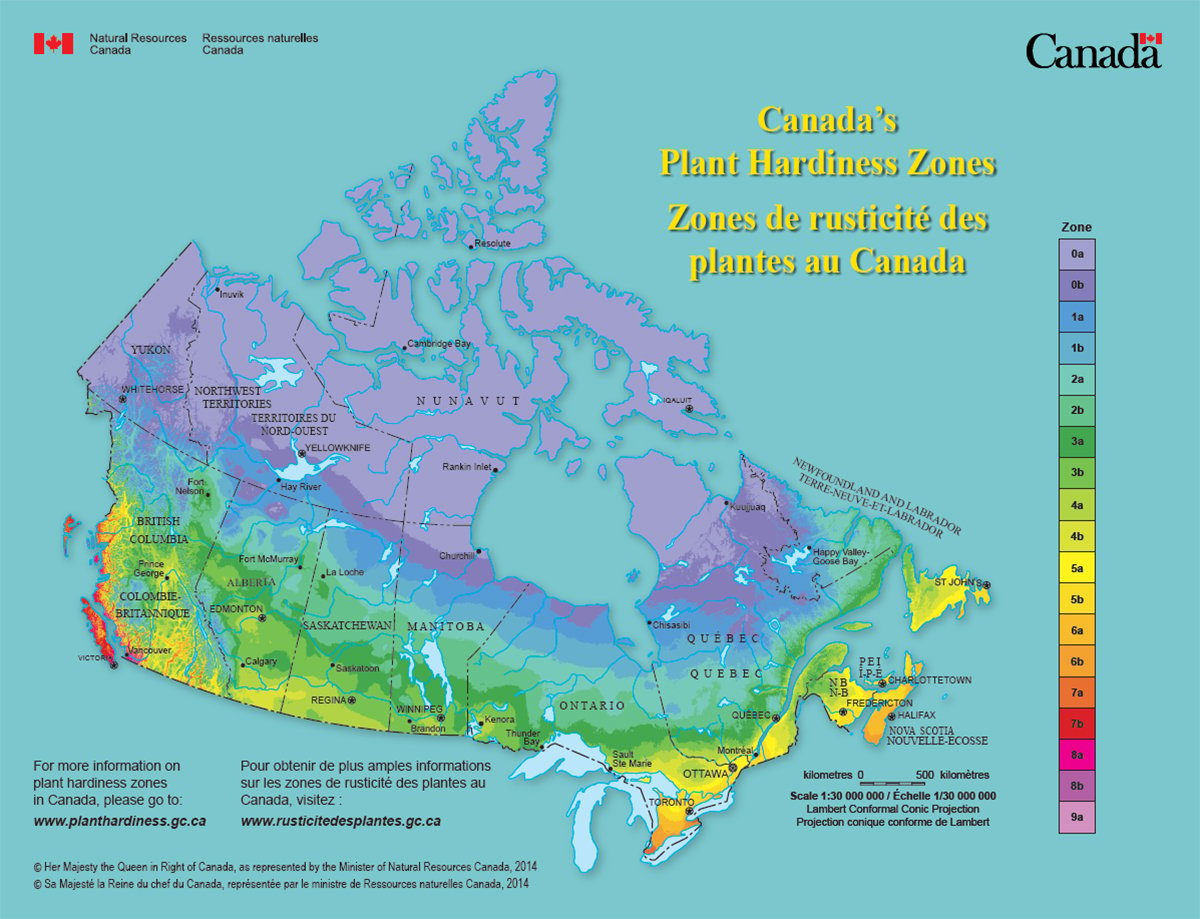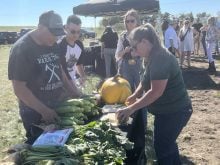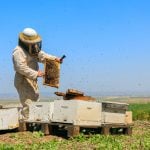Growers waiting for green seed counts to drop before harvesting canola should rethink that approach, says the Canola Council of Canada.
The only way that will happen is if rain and humidity lift canola moisture back above 20 percent. But if moisture levels get that high there is a good chance the crop would not dry down again enough to harvest before snowfall.
“The best bet would be to harvest the crop now to maintain the yield and quality that’s there and start looking for buyers,” said Kristen Phillips, agronomy specialist with the council.
Read Also

Canada’s plant hardiness zones receive update
The latest update to Canada’s plant hardiness zones and plant hardiness maps was released this summer.
“If canola stays in the field all winter, high green seed counts won’t be your only quality issue.”
Canola that overwinters is often downgraded to sample due to mould damage and free fatty acids in the oil. There are also yield losses from shelling, rodents and a drop in bushel weight.
Growers who have already combined canola with high green seed counts should consider marketing the crop as soon as possible.
“Early delivery is ideal because canola with a higher percentage of green seeds tends to spoil faster,” said Phillips.
Discounts for high green seed counts are not as high as discounts for heated canola, which can be a real problem for growers storing high green seed canola.
Growers should check bins frequently and may need to move the grain around to ensure hot pockets are identified right away.
Daryl Beswitherick, program manager for quality assurance at the Canadian Grain Commission, said the green seed problem is no bigger this year than in a normal year.
“There are no alarm bells going off. We talked with the industry. Nobody is real anxious about it that we’ve heard,” he said.
Chlorophyll content in the 1,208 samples of No. 1 canola analyzed by the commission as of Oct. 21 was 13.8 milligrams per kilogram, which is above the 12.6 mg/kg in the 2010 harvest but lower than the 15.4 mg/ kg in the 2009 survey.
Beswitherick said the number will likely rise because some canola still in the fields in Alberta reportedly contains a lot of green seed. But he doesn’t believe it will reach a level that would be considered beyond normal.
Phillips said growers may be able to blend some of their green seed contaminated canola with better quality product but if the level of contamination is too high, the council has a list of companies that buy downgraded product.















